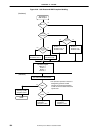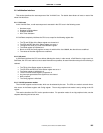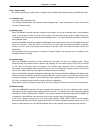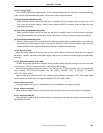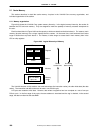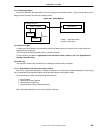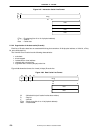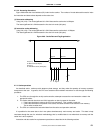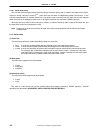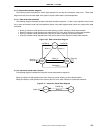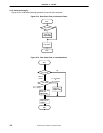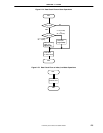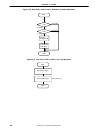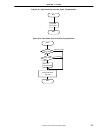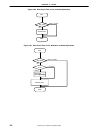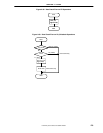
CHAPTER 2 V
R
4120A
172
Preliminary User’s Manual S15543EJ1V0UM
2.7.3.1 Cache write policy
The V
R
4120A Core manages its data cache by using a write-back policy; that is, it stores write data into the cache,
instead of writing it directly to memory
Note
. Some time later this data is independently written into memory. In the
VR
4120A implementation, a modified cache line is not written back to memory until the cache line is to be replaced
either in the course of satisfying a cache miss, or during the execution of a write-back CACHE instruction.
When the CPU core writes a cache line back to memory, it does not ordinarily retain a copy of the cache line, and
the state of the cache line is changed to invalid.
Note Contrary to the write-back, the write-through cache policy stores write data into the memory and cache
simultaneously.
2.7.4 Cache states
(1) Cache line
The three terms below are used to describe the state of a cache line:
Dirty: a cache line containing data that has changed since it was loaded from memory.
Clean: a cache line that contains data that has not changed since it was loaded from memory.
Invalid: a cache line that does not contain valid information must be marked invalid, and cannot be used.
For example, after a Soft Reset, software sets all cache lines to invalid. A cache line in any other
state than invalid is assumed to contain valid information. Neither Cold reset nor Soft reset makes
the cache state invalid. Software makes the cache state invalid.
(2) Data cache
The data cache supports three cache states:
Invalid
Valid clean
Valid dirty
(3) Instruction cache
The instruction cache supports two cache states:
Invalid
Valid
The state of a valid cache line may be modified when the processor executes a CACHE operation. CACHE
operations are described in APPENDIX A MIPS III INSTRUCTION SET DETAILS.



